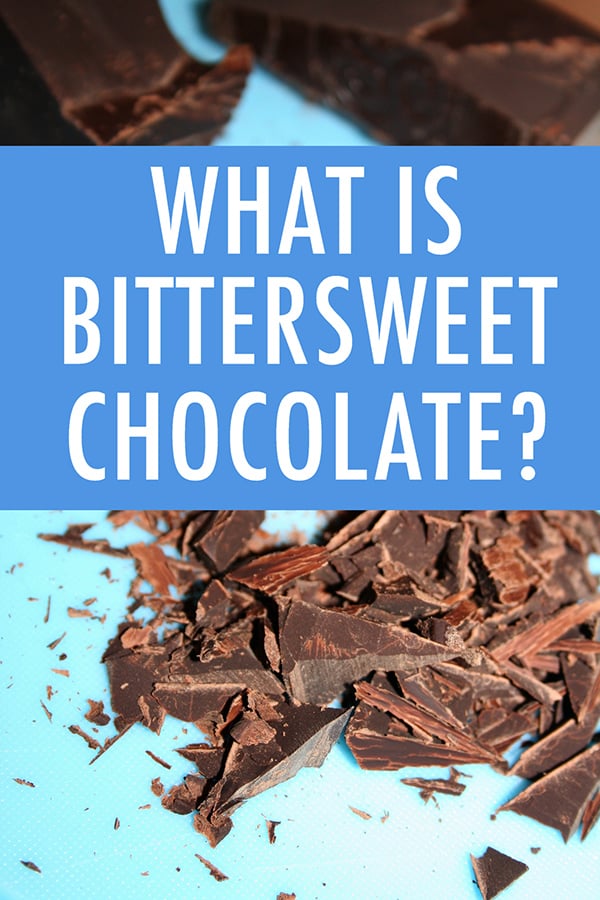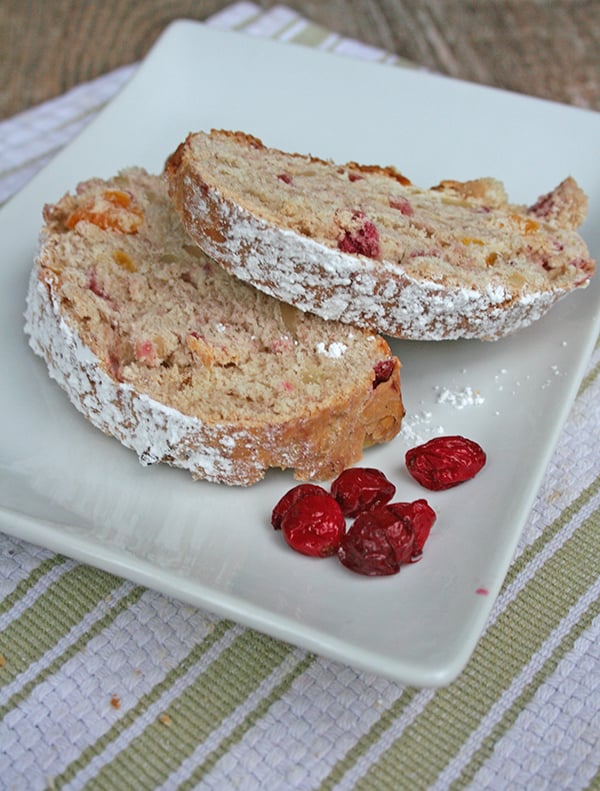Today is a great day to enjoy a chocolate covered cherry--the most popular variety of which, in the United States, are cherry cordials. Cherry cordials are an interesting treat: a cherry sealed in a sort of sugary-boozy syrup and sealed into a chocolate shell.
I don't know about you, but my relationship with cherry cordials has always been...complex. As a child, I coveted the shiny red box of cherry cordials that my mom said "weren't for kids" and hid from us. Well, mom wasn't just being mean: the first time I tried one, I was so disappointed by the taste. I associated cherries as a cupcake topping, so in my mind I thought the cherries might have the the taste of a rich pink buttercream-topped cake served with a maraschino cherry on top, and all covered in chocolate. The Queen Anne Cordials my mom had? Definitely not that.
From childhood into adulthood, I mainly regarded chocolate covered cherries with a sort of detachment.
While I wouldn't say it was a huge moment of epiphany, I do remember at some point in adulthood trying a chocolate covered cherry (not a cordial, just the fruit) from Chukar Cherries in the Pike Place Market in Seattle. It was a pleasant surprise; "this is nice," I thought to myself, enjoying the contrast of tart cherry, and sweet, dark chocolate.
While I would not consider myself a great follower of the chocolate covered cherry even today, I want to make it clear to you that I appreciate them. I appreciate their visual appeal, I appreciate their elegance, I appreciate their contrasting textures and flavors.
And since I've been looking them up a bit for this post, I can say that I find them very interesting.
Turns out, chocolate covered cherries are no new phenomenon. As this article on Candy Favorites reports, the road to the cherry cordial was largely a matter of timing.
In the 1700s in Europe, cordials were gaining popularity as a kind of cure-all, used to settle stomachs, improve health, and even act as aphrodisiacs. Concurrently, a candied cherry-and-chocolate confection known as griottes was gaining popularity. Somewhere along the way, some brilliant mind decided to make a delicious mash-up of these culinary trends, and cherry cordial chocolates took off.
By the 1800s, they were officially in production in the United States; one major brand, Cella's, has been cordially offering up the classic treats since 1864 (it is now part of the Tootsie Roll Family); Queen Anne Cordials have been in production since 1948 (the company has been around since 1921).
January 3 has been designated (and is recognized by the National Confectioners' Association) as National Chocolate Covered Cherry Day.


































































